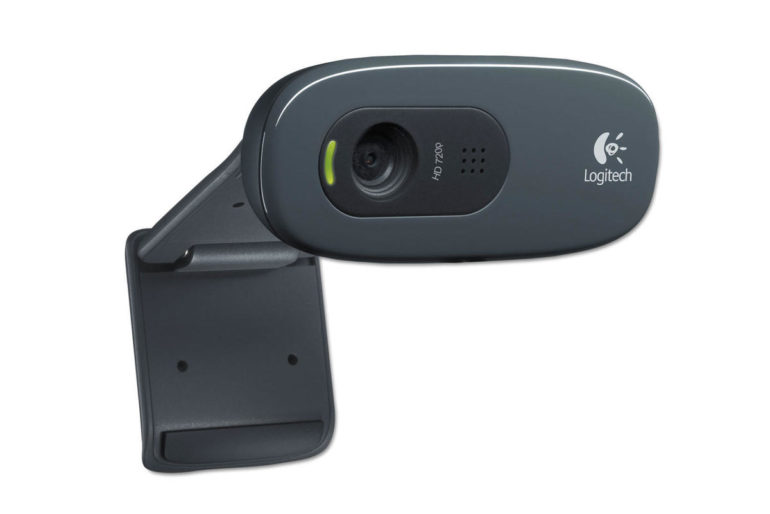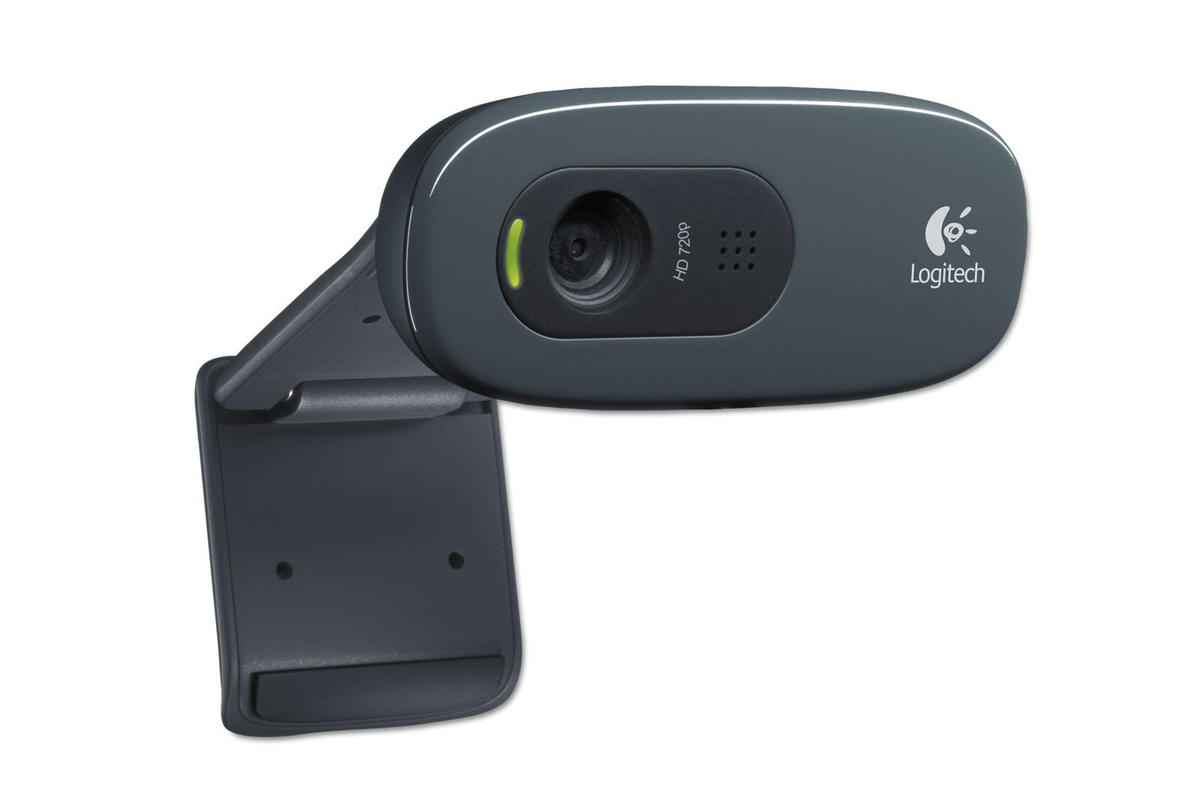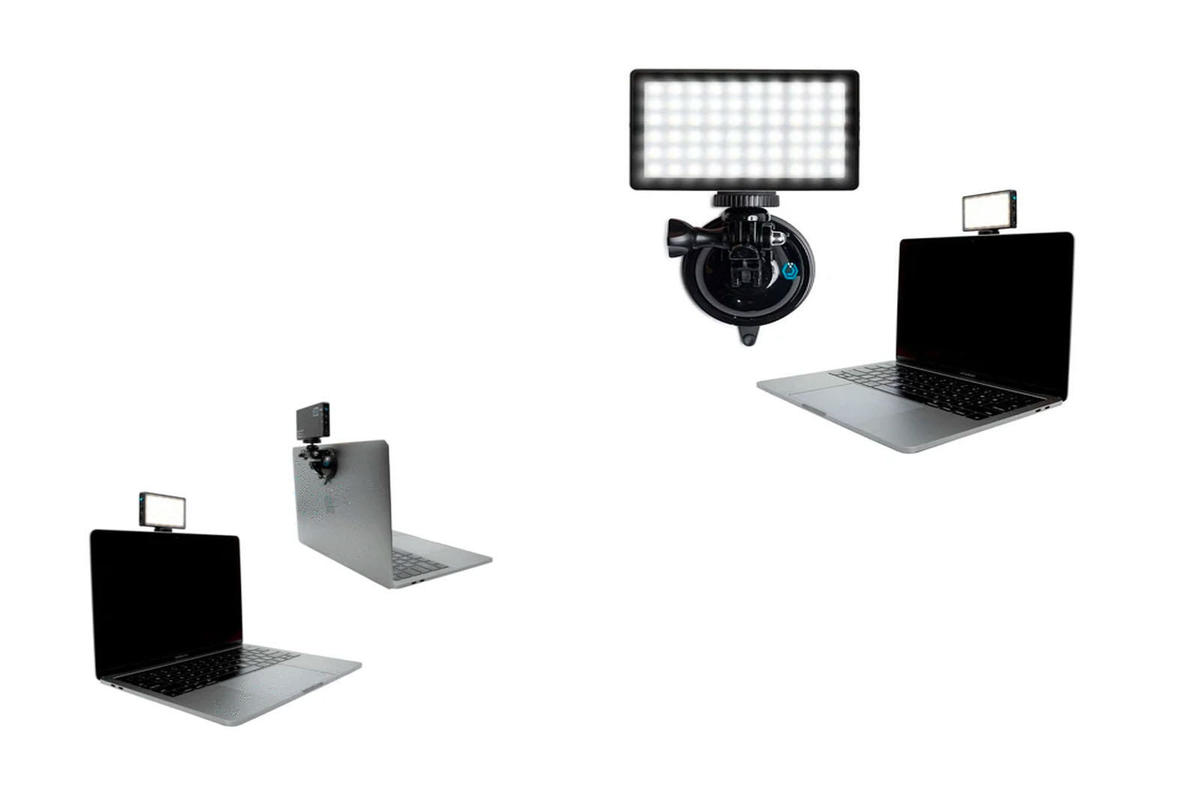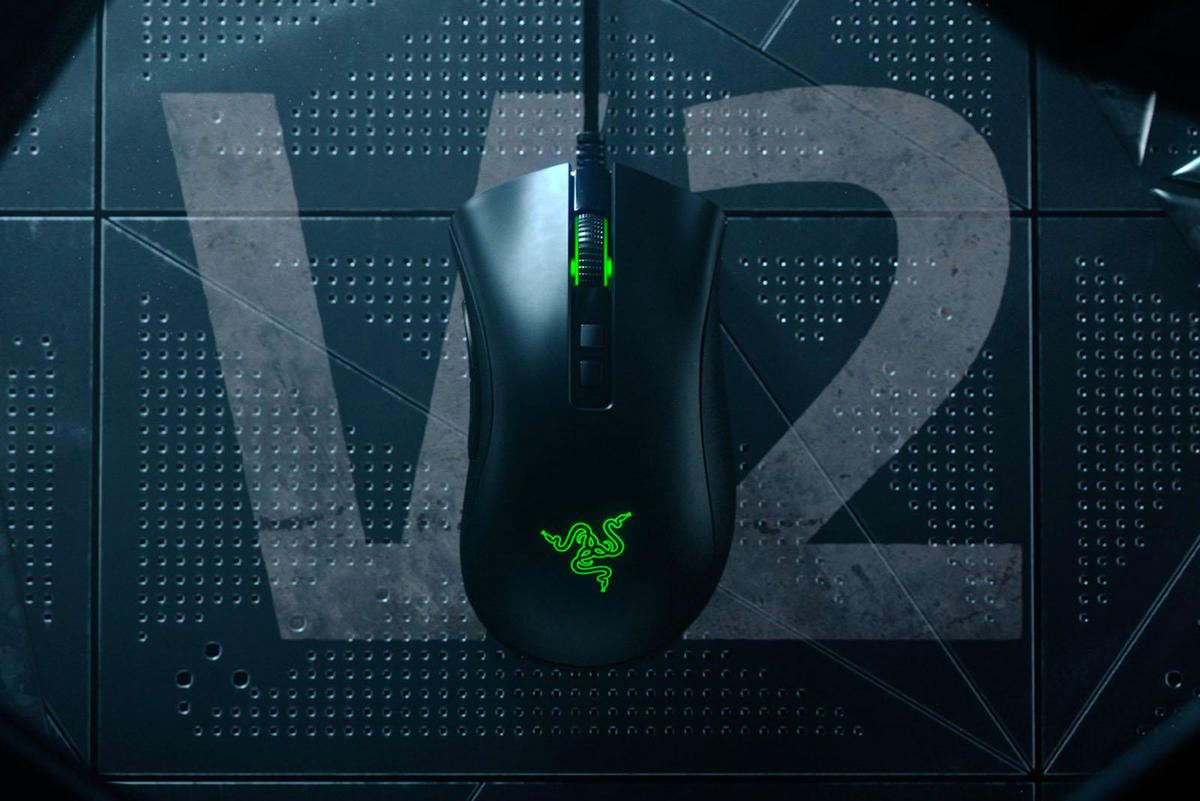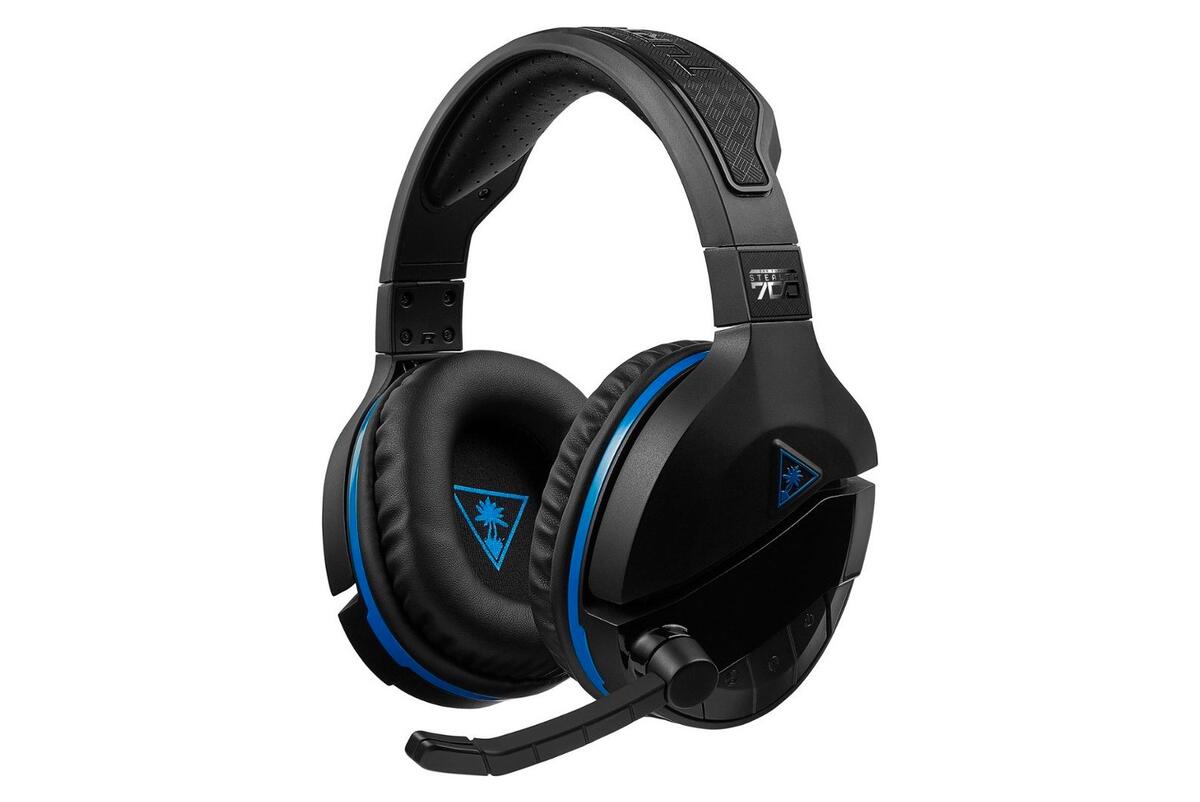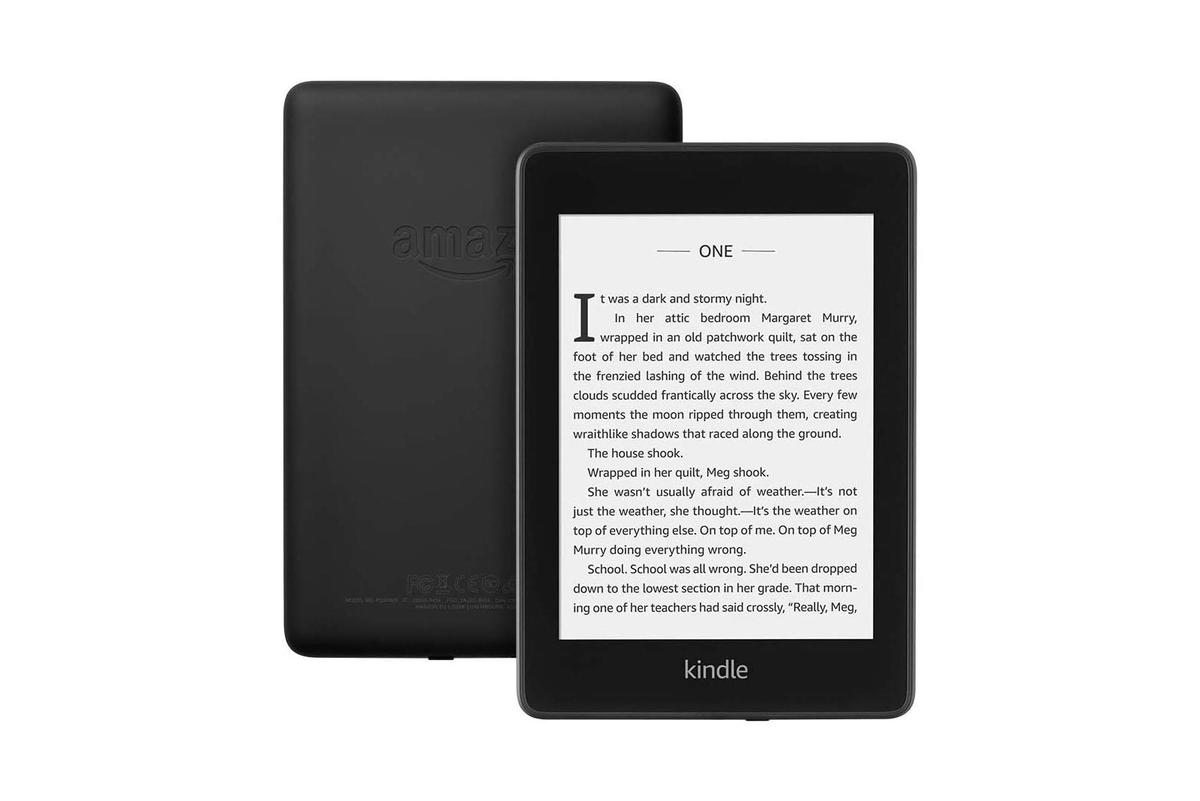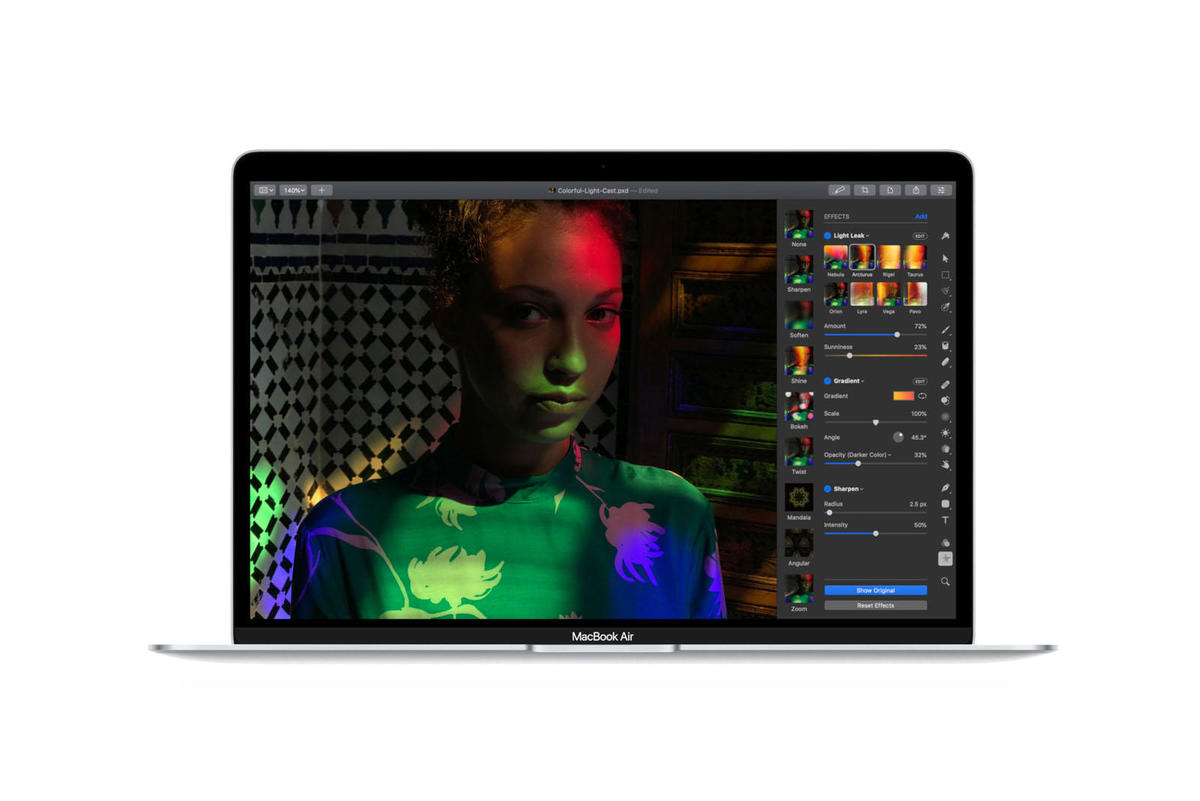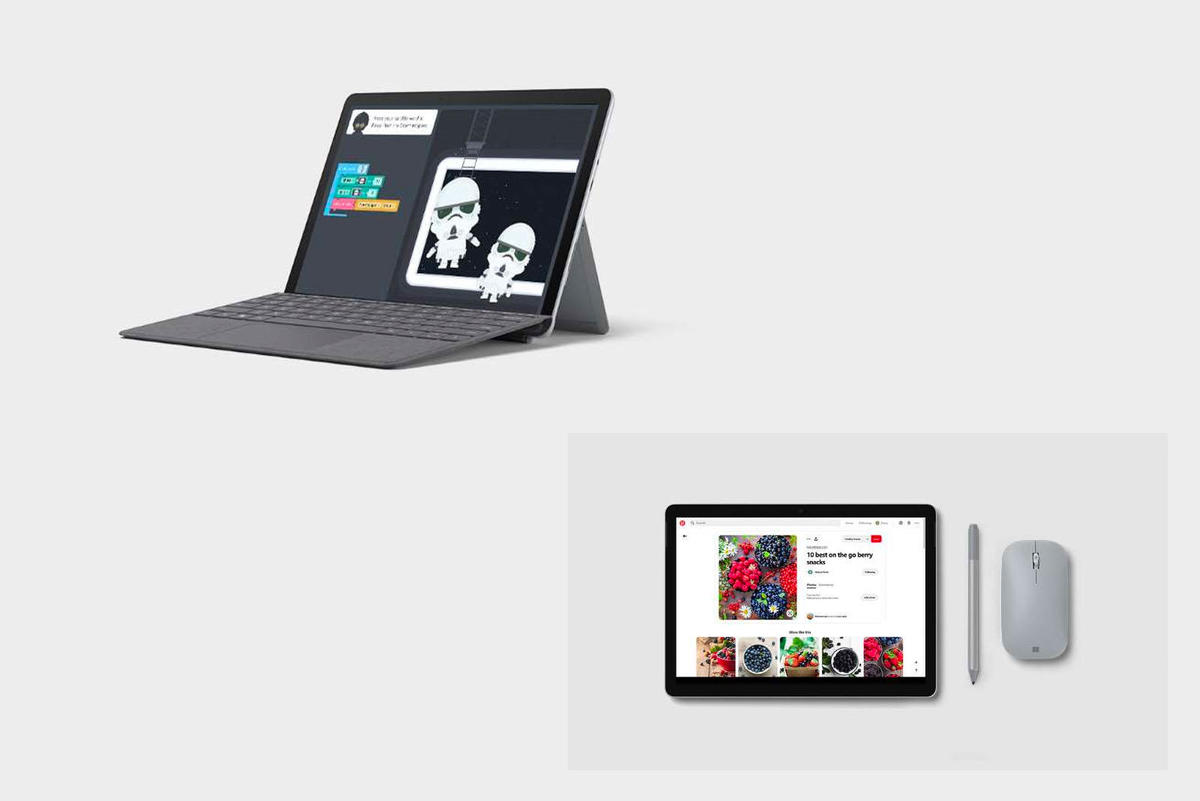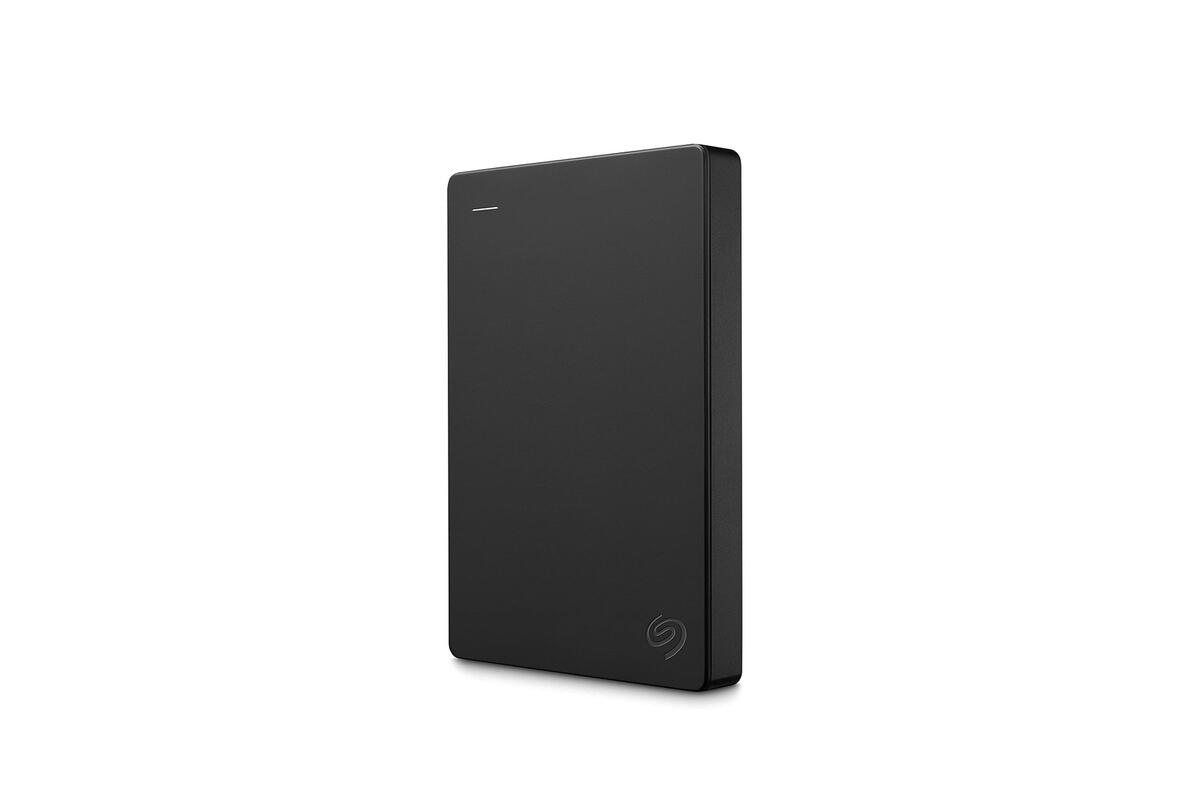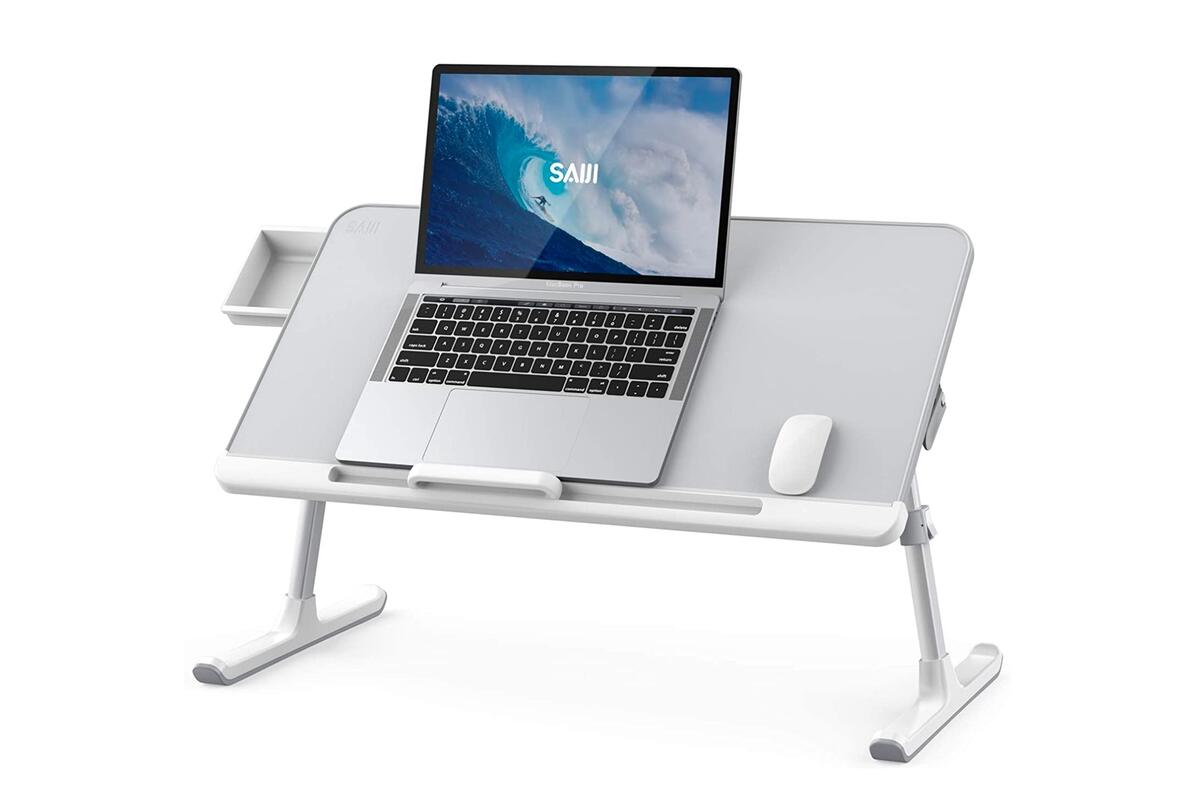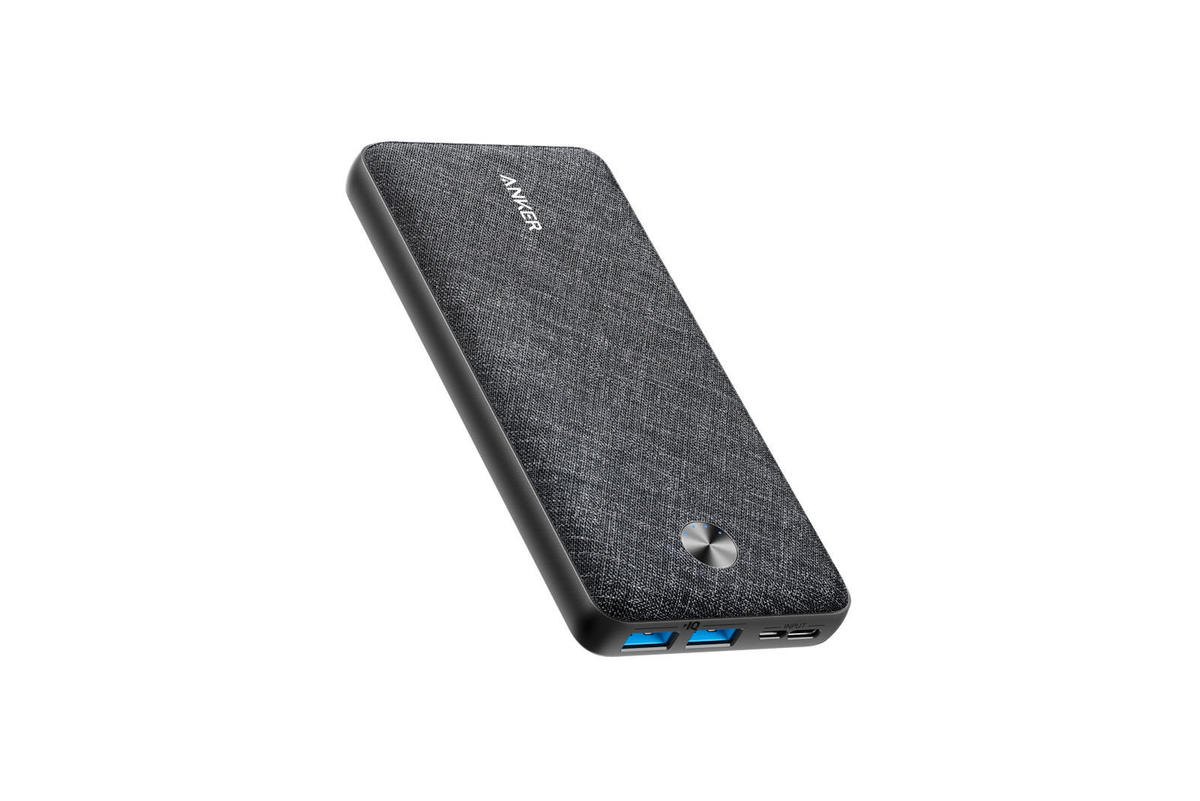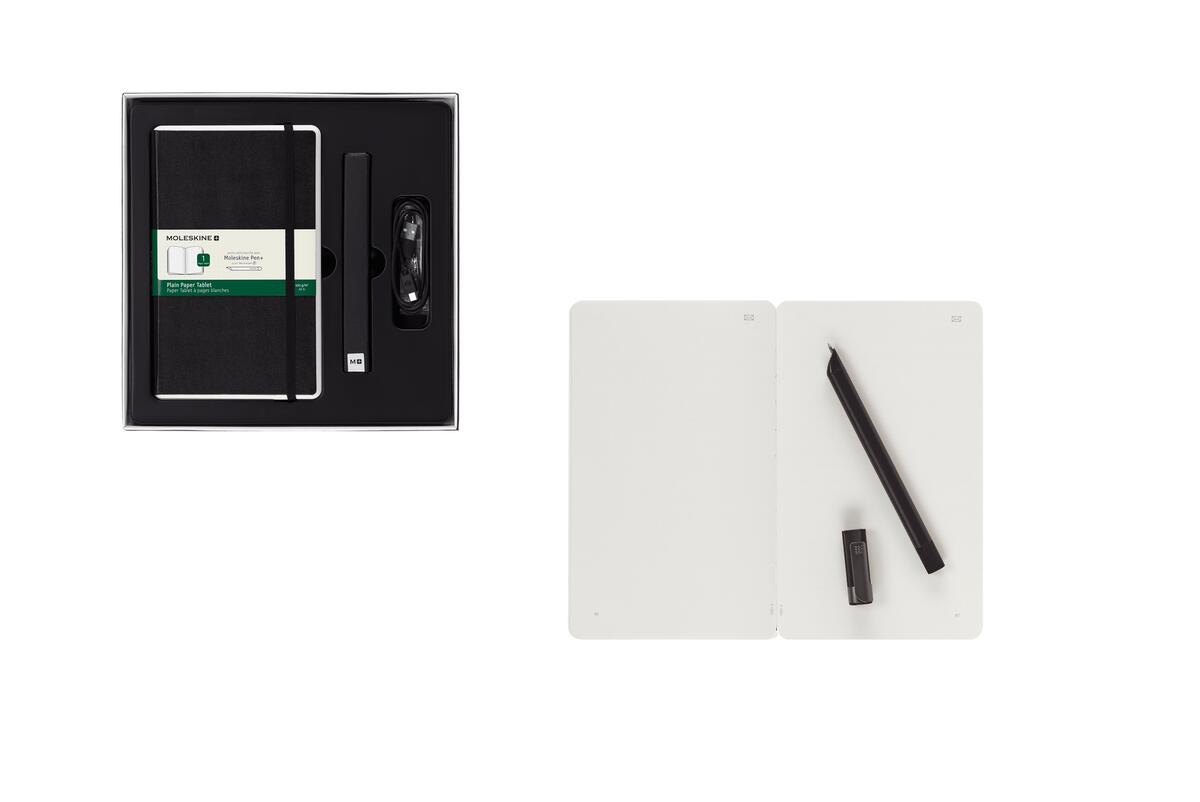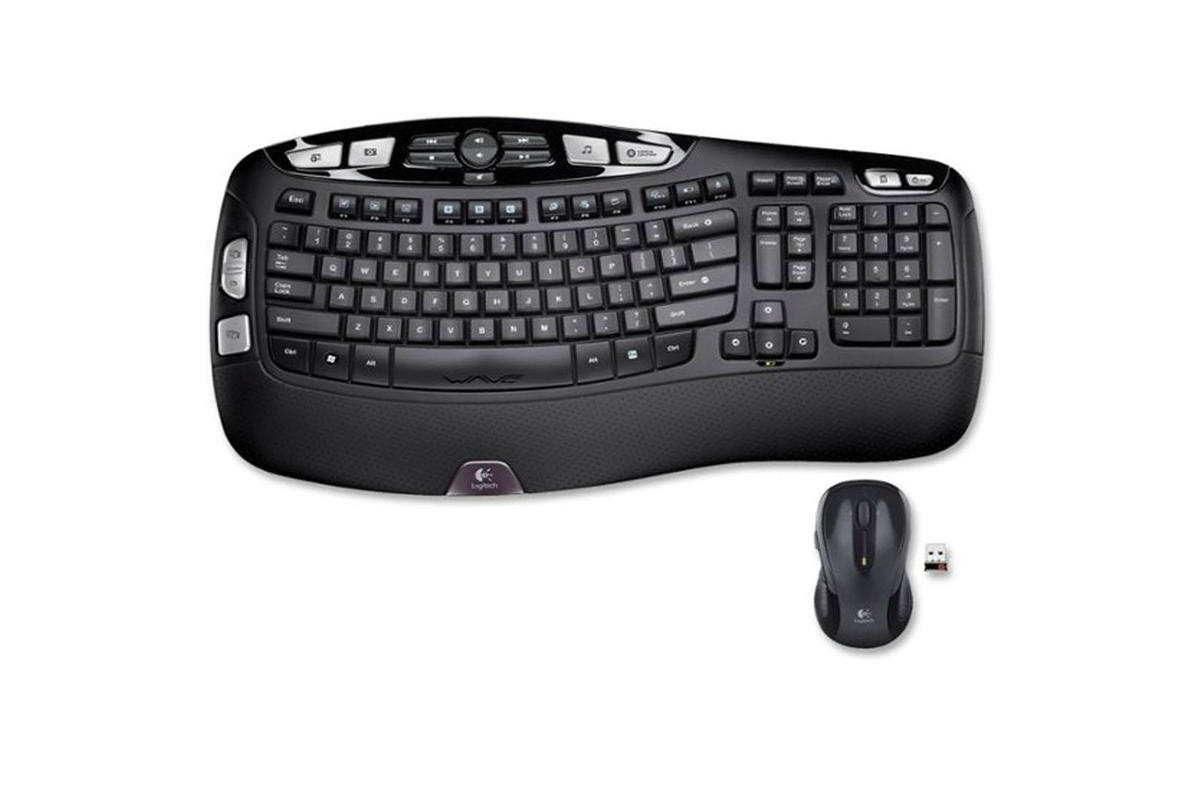A work from home culture, business leaders adopting different policies on returning to the office due to COVID-19, and constantly-changing legislation and advice have left enterprise companies in a spin — but both parents and students have also felt the impact of the pandemic.
For younger students, this has meant parents doing what they can to manage their own workloads, collaborate with teachers, and keep their children entertained and learning in some way. For older students, studying in their bedroom or a home office, rather than being on campus, now seems normal.
The imposition of lockdowns came as a shock to everyone last year and while few of us were prepared for communicating with others virtually on a daily basis, until the pandemic wanes, remote learning methods are unlikely to vanish entirely.
With the next school year approaching, it’s time to invest in remote equipment to make studying easier and more productive, no matter the student’s age or level.
Below, ZDNet has listed devices, gadgets, and accessories remote students will find useful in the upcoming academic year.
The $24 Logitech C270 HD web camera is a budget-friendly model for students now required to complete their studies remotely due to COVID-19.
A suitable camera has become a key accessory for attending lessons and lectures conducted online, and a quality cam is useful for virtual meetups with friends and family, too.
Also: Best webcams: Top choices for WFH video calls
When you need to jump on a call but your PC has no camera — or your laptop’s inbuilt system simply doesn’t cut it when it comes to quality streaming — this 720p widescreen camera could be a great alternative, or a backup if your embedded camera fails.
Compatible with various Windows PC systems, the camera can be clipped on to your device at the angle you prefer. The Logitech C270 also includes automatic light correction and works for video calls made through applications including Microsoft Teams, Skype, and Zoom as it sports a 30 frames per second streaming rate.
It might seem like overkill to separately acquire gadgets just for lighting on virtual calls, but while the $69 Lume Cube improves how you look on camera when attending virtual classes, the device also should be considered as a future-proof gadget — as it may be of benefit for remote job interviews in the future, too.
Compatible with both laptops and PCs, the light system is adjustable with a 3200k (warm) to 5600k (cool) range and can run for up to 14 hours on a single charge made via an included USB cable. A frosted lens is included for improved light diffusion.
The traditional mouse is a great alternative to trackpads. And they are now far more advanced than a plastic shell and ball — programming, comfort, and style are just as important as functionality.
The $69.99 Razer DeathAdder V2 is a wired mouse designed to be lightweight and can be used with a palm grip, claw, or fingertip control, sporting a response time of 0.2 milliseconds with commands sent through infrared technology.
Also: Best mouse: Top computer mice compared
While marketed for gamers, the mouse also comes with eight programmable buttons which could prove useful in software and applications dedicated to studies, given that users can program shortcuts or functions to save time.
An alternative wireless model is also available for $119.99.
Aside from a quality web camera and lighting, students need to be able to hear — and speak — effectively over the internet when using video conferencing tools for remote classes.
Meeting both requirements, the Turtle Beach Stealth 700 is a wireless headset usable not just for remote study, but also for gaming. The device contains an inbuilt mic that can be flipped up to mute.
Also: Best noise-canceling headphones: Top headsets
Another benefit of this headset is active noise-canceling technology to help students concentrate in noisy homes and other busy environments.
With many libraries currently out of commission, schools, colleges, and universities have turned to virtual repositories of the books, magazines, academic articles, and other content students need to be able to access for their studies.
A dedicated tablet or e-reader will now be a key gadget for students required to learn from a distance, and one product range that has remained popular for years is the Amazon Kindle.
Amazon’s Kindle Paperwhite is a modern e-reader complete with a 300dpi display that reduces glare and keeps reading on a screen comfortable for long periods of time.
In the same way as the standard Kindle or Kindle Oasis, users can expect weeks of battery life on a single charge, and books can either be purchased via the Kindle Store, manually loaded through a PC, or sent by email to a dedicated Amazon email account which then synchronizes content with a Kindle device. However, it should be noted the cheaper price tag is due to ad support.
The Kindle Paperwhite comes with 8GB storage (upgradable to 32GB), which should be more than enough to cater for reading for pleasure and studies. The bundle also comes with a leather cover and adapter.
MacBooks are a common sight across campuses given their portability and durability. As remote learning is likely to be the new normal for the foreseeable future, investing in a MacBook that will last through an academic career is worth considering.
MacBooks are available in Pro and Air formats. The Air could be of particular interest due to its lightweight, durable chassis — coming in at only 2.8 pounds, making it a suitable laptop to use not only at home, but also at school or college if blended courses are being offered.
Also: Which iMac, MacBook, or Mac Mini is right for you?
A 13.3-inch, 2560×1600 Retina display is standard and users can customize their MacBook Air with an Apple M1 processor, up to 2TB SSD, and up to 16GB RAM. Intel Iris Graphics, an inbuilt 720p FaceTime HD camera, and multiple USB-C ports are included.
Education pricing, starting from $899, is currently available. Typical pricing begins at $999.
If the student in your life is more familiar with the Windows operating system, Microsoft’s Surface Go 2 is an excellent alternative — and more budget-friendly than Apple products.
The Surface Go 2 is a hybrid device that can be used as a standalone tablet or laptop due to its detachable keyboard and stylus pen accessories. Sporting a 10.5-inch touchscreen display and coming in at only 1.2 pounds, the Surface Go 2 can be customized with up to an Intel M3 processor, optional LTE connectivity, up to 8GB RAM, and up to 128GB storage.
Also: The best Surface? See which Microsoft Surface PC is right for you
Students can expect their devices to operate for up to 10 hours on a single charge, and if they’re taking design-related courses, this flexible tablet/laptop combination could become an incredibly valuable tool.
Users can upgrade to Windows 11 for free later this year.
It’s always a good idea to have a backup system in place for important documents, files, and media. For students, having an extra copy of coursework and essays in case of device failure can be crucial to their success.
While cloud storage is an option, if you prefer to have a physical backup at hand — and one that could also be used to store media, films, television shows, photos, and more — a portable storage drive is an alternative.
Also: Best external hard drives: Top SSDs and storage
Seagate’s device, coming in at $62.99 for 2TB, is also available with up to 5TB storage in a portable format or much more storage space if users are happy to keep them on their desks, with up to 16TB on offer.
When students are required to stare at a screen for hours, their eyes and concentration can suffer — but the right light and ambiance can help.
The days of harsh lighting in rooms from traditional light bulbs are long past with the introduction of IoT and smart lighting products in our homes. Philips Hue is a well-known name in this space, with both white and color options available to replace ceiling lights.
Controllable via mobile apps or voice assistants, these lights provide a range of colors and temperatures suitable for everything from watching a film to studying. Students may find the white light options particularly useful to aid in concentration while they are working remotely.
Not every student has the luxury of a dedicated workspace. However, working leaned over a coffee table, on the sofa, or in bed with a bad posture can eventually lead to back problems, aches, and pains.
To address this, especially when there is no dedicated space available for a student’s studies, you can pick up a SAIJI laptop desk on Amazon. The foldable tray is large enough to manage a laptop, mouse, and other peripherals. In addition, the tray includes a drawer, is adjustable in height, a stopper to prevent laptops from sliding, and a mouse bezel.
Running out of juice for your devices can be irritating, but when students are in the middle of a remote learning lecture or discussion, this can be far more disruptive.
Every year, portable power packs become smaller and lighter as the technology used to build them improves, and Anker’s product line is no exception.
The Anker PowerCore Metro is a slim and portable battery for smartphones and other mobile devices that is able to power up to two flagging gadgets at the same time. Anker’s power pack can keep students connected when they need an extra surge of power most — and may also be a useful addition to throw in a backpack for holidays and events.
Most students are familiar with taking notes during lessons, but if remote learning is going to be around for the foreseeable future, investing in a more modern alternative can streamline the process.
Moleskine’s $149 smart writing set contains a smart pen, notebook/tablet, and access to the Notes app to convert handwritten thoughts, images, notes, or schedule entries into a digital format.
Students can save themselves time and effort as the system removes the need to type out handwritten notes scribbled down in classes or lectures, and the smart pad may also be particularly useful for slow typers or students who work best with a pen in their hand rather than a keyboard.
Once written down, notes are automatically converted and can be edited, transcribed, and shared across different services via the Moleskine mobile app.
Alongside a headset and microphone, a comfortable keyboard can help students work more efficiently, for longer — and more comfortably.
The $44.99 Logitech MK550 wireless wave keyboard and mouse combination does not have any backlit lighting or particularly stylish accessories but has been designed to provide a comfortable resting place for a user’s palms and wrists.
Also: Best keyboards
When writing essays or completing coursework, this is likely to be far more important to students than fancy bolt-ons to help reduce the risk of repetitive strain injuries.
Suitable for Windows PCs, this keyboard and mouse are wireless and connect via USB dongles. The entry-level price point, too, makes the kit affordable for today’s students.
Which back to school tech should you buy?
When deciding what tech gear will be valuable to today’s students, the lasting impact of remote learning has to be considered.
It might seem like a lifetime ago, but it was not too long ago that students were packed into classrooms, attending lessons, seminars, and lectures. What may have been the occasional use of online platforms or software related to courses are now essential to keeping students on track.
Students coming into the next academic year can expect remote learning to be the new norm, and so devices or accessories that can make a difficult situation slightly easier or more comfortable — whether a laptop desk to take the strain off their back or a notepad that can be used to port scribbles directly into digital coursebooks — can only be of benefit.
